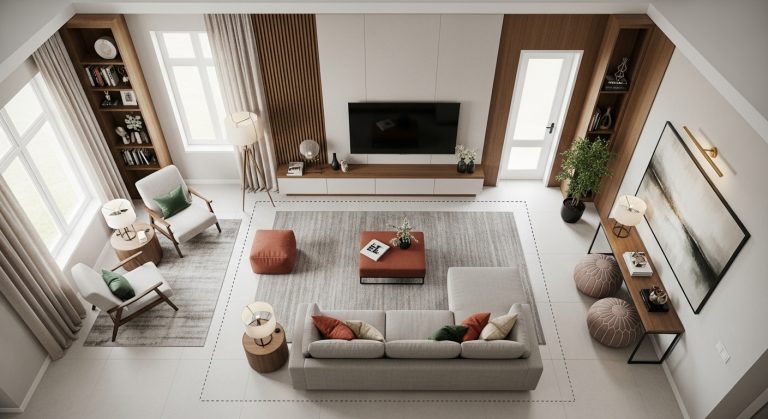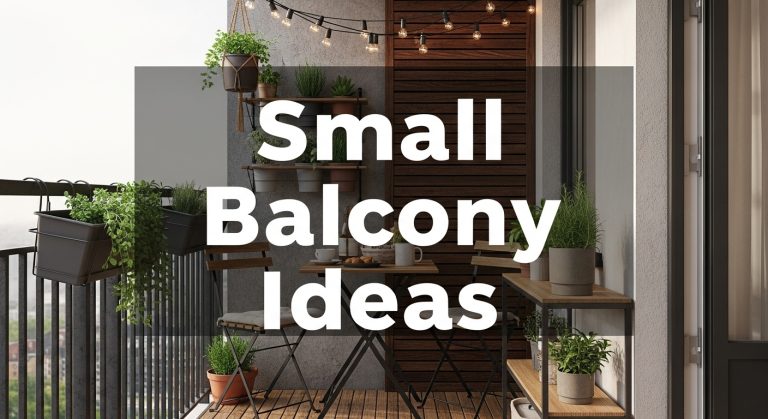Importance of Ventilation in Modern Homes
Modern homes are designed to be energy-efficient, well-insulated, and tightly sealed to reduce heat loss and cut energy costs. While this is excellent for saving money and minimizing environmental impact, it also creates a new challenge: air circulation. Without proper ventilation, indoor air can quickly become stale, humid, and filled with pollutants. Ventilation is no longer just an optional design element—it is a cornerstone of healthy, sustainable, and comfortable living.
Why Ventilation Matters
Health and Well-Being
Indoor air quality directly affects human health. Studies by the U.S. Environmental Protection Agency (EPA) show that indoor air can be two to five times more polluted than outdoor air. Everyday activities—like cooking, cleaning, or even breathing—release carbon dioxide, moisture, and particulates into the air. Poor ventilation can trap allergens, dust, and volatile organic compounds (VOCs), leading to headaches, fatigue, respiratory problems, or worsened asthma. Fresh air circulation dilutes these pollutants and provides the oxygen our bodies need to function optimally.
Comfort and Moisture Control
In modern homes with high insulation, excess moisture from cooking, bathing, or laundry can build up quickly. If this moisture is not expelled, it leads to condensation on windows and walls, creating an environment where mold and mildew thrive. Proper ventilation maintains comfortable humidity levels, prevents dampness, and protects both the home’s structure and the occupants’ health.
Energy Efficiency and Sustainability
At first glance, ventilation might seem like it works against energy efficiency, but the opposite is true when it’s designed well. Systems like heat recovery ventilators (HRVs) and energy recovery ventilators (ERVs) exchange stale indoor air with fresh outdoor air while transferring heat or cooling energy. This reduces the need for heating or cooling, ensuring that fresh air does not come at the expense of high utility bills. Thus, ventilation supports a home’s sustainability goals by balancing air quality with energy conservation.
Types of Ventilation in Modern Homes
- Natural Ventilation
Operable windows, skylights, and cross-breezes create airflow without mechanical systems. Architects often place windows opposite each other or align openings with prevailing wind directions to enhance natural ventilation. - Mechanical Ventilation
Exhaust fans in kitchens and bathrooms remove humid or polluted air at its source. Whole-house fans can provide stronger circulation, especially in larger or tightly sealed homes. - Balanced Ventilation with Heat Recovery
Modern systems like HRVs and ERVs simultaneously bring in outdoor air and expel indoor air, all while recovering much of the energy used to heat or cool the home. This is one of the most efficient solutions for airtight modern houses.
Architectural and Design Considerations
Ventilation is not just a technical necessity—it also shapes how homes feel. Large windows, open floor plans, and strategically placed vents create airy, breathable spaces that feel more inviting. In sustainable architecture, ventilation is a central design principle, ensuring that light, air, and comfort are integrated from the start rather than added later.
Passive design strategies—like orienting the home for prevailing winds, using shading devices, or designing atriums and courtyards—can further enhance airflow. Modern design often blends mechanical and passive systems, ensuring efficiency without sacrificing comfort.
Long-Term Benefits
- Healthier living environments with reduced risk of respiratory illness.
- Lower maintenance costs by preventing mold, dampness, and structural damage.
- Greater comfort with balanced temperatures and humidity.
- Sustainability by improving energy efficiency and reducing reliance on artificial air conditioning.
- Increased home value, as buyers increasingly prioritize air quality and sustainability features.
Conclusion
Ventilation is one of the most critical but often overlooked aspects of modern home design. As homes become more insulated and airtight, ensuring a steady exchange of fresh air is essential for health, comfort, and energy efficiency. Whether through natural strategies like cross-ventilation, or advanced technologies like HRVs and ERVs, proper ventilation transforms a house from merely efficient to genuinely livable. In short, good ventilation breathes life into modern homes—literally and figuratively.







